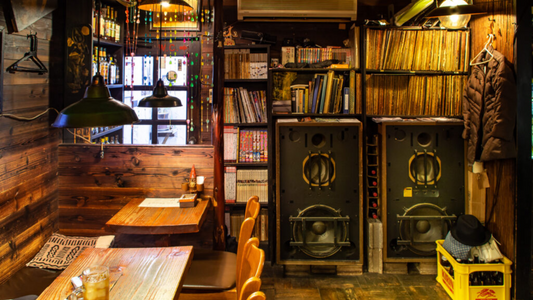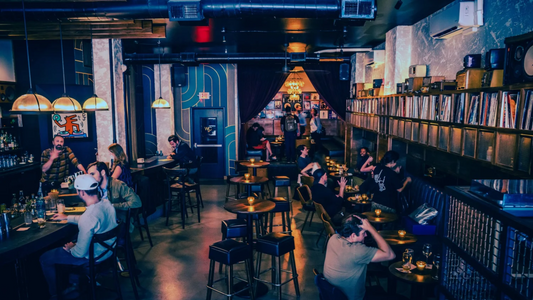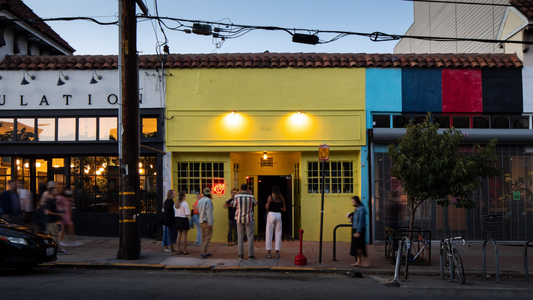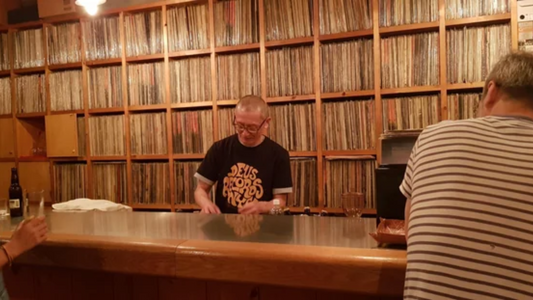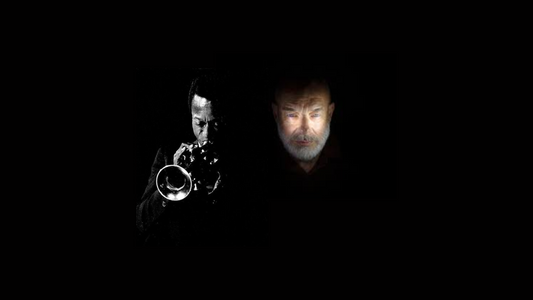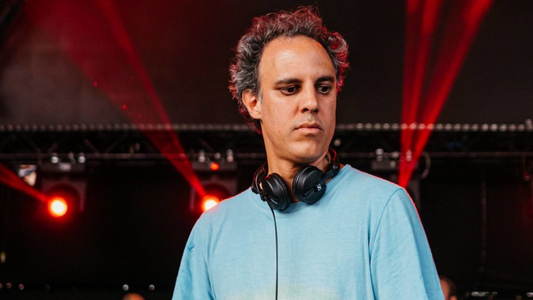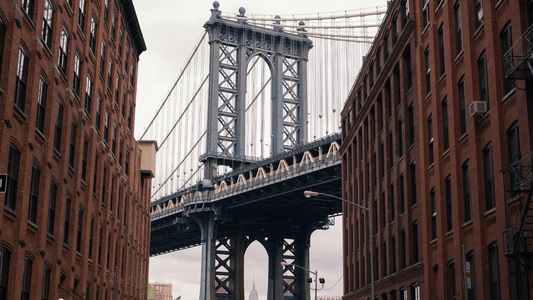
Oasis — Clarendon’s Sonic Refuge
By Rafi Mercer
New Listing
Oasis: The Listening Bar is one of Virginia’s most finely tuned sound-first venues — explore more in our USA Music Venues guide.
Venue Name: Oasis: The Listening Bar
Address: 3100 Clarendon Blvd, Arlington, VA 22201, USA
Website: oasisthelisteningbar.com
Instagram: @oasisthelisteningbar
Facebook: Oasis The Listening Bar
Phone: Not listed publicly
Spotify Profile: Not available
The first thing you notice, even before stepping through Oasis’s glass frontage on Clarendon Boulevard, is how it seems to hum with its own quiet frequency. Clarendon has always been a neighbourhood of bustle and brightness — a seam of restaurants, bars, and fast-turnover storefronts threaded together by the Metro line. Yet here, just off the main artery, Oasis offers something different. Its promise is written into its name: a pause, a pocket of stillness, a place where the world outside falls away and the listening begins.
Inside, the design is pared back but deliberate. Blonde wood panelling runs along one side, softening the urban lines of the room. Low banquettes sit under subtle lighting, the glow carefully adjusted so eyes rest easily and ears take precedence. It is not a bar in the traditional American sense — no blaring TVs, no thrum of competing conversations. Oasis feels closer to the Japanese kissaten spirit, where the turntable is altar and the record sleeve scripture.
The bar’s philosophy is simple yet radical in an area so accustomed to noise: vinyl-led listening as a communal act. Each evening, records spin on a finely calibrated system, their grooves given full range through amplification that values warmth and detail over brute force. The selection is wide-ranging — jazz standards and deep soul cuts mingle with ambient textures, hip-hop rarities, and exploratory electronica. Like the best listening bars, Oasis isn’t about genre but about fidelity: the emotional truth that can only be delivered when music is treated as more than background.
The drinks programme mirrors this curatorial approach. Japanese whiskies are given prominence alongside a considered sake list. There’s a cocktail menu that prefers balance over spectacle, built to sit comfortably with extended listening. Sushi and small plates appear quietly at the table — sashimi arranged like punctuation between long passages of sound. Here, dining is accompaniment, not centre stage.
What makes Oasis remarkable is its timing. Washington DC has long been known for its live music and club culture, but until now the region lacked a dedicated listening bar: a place where music is amplified not in volume but in presence. Oasis marks the first in Virginia, and with it, Clarendon steps into the global conversation of audiophile venues. In Tokyo, such bars have existed since the 1950s; in New York and London they’ve re-emerged over the past decade as a response to digital saturation. Clarendon, with its blend of young professionals and a growing creative class, feels ready for this kind of subtle rebellion against the casual noise of urban life.
Spend an evening here and you’ll notice the recalibration happening. At first, guests talk over the music. Then gradually the room falls into sync: voices soften, silences stretch, a collective awareness builds around the record in play. It is a kind of social contract, unspoken but binding, to give music its due weight. When a track ends, the silence between sides becomes its own presence — not emptiness but expectation.
Oasis’s founders are attuned to this shift. They describe their mission as creating “a safe space for deep listening, where culture and connection happen naturally.” The name itself nods to refuge: a retreat in the middle of everyday demands. And unlike some listening bars that position themselves as rarified temples, Oasis maintains an openness. There’s no velvet rope, no elite intimidation — only the quiet insistence that if you step inside, you are here to listen.
For the hi-fi inclined, the system is a joy. While specifics are carefully guarded, what’s clear is the care taken: custom amplification, turntables tuned for stability, speakers aligned with architectural precision. It’s a room designed not to impress on sight but to reveal its genius in soundstage. Sit in the right spot and you hear depth: horns floating just above shoulder height, vocals anchored in the air between you and the next table, bass that travels not as a thud but as a rounded presence in the chest.
The cultural significance extends beyond Clarendon. Oasis is part of a wider American rediscovery of the listening bar. In an age when algorithm-driven playlists dominate, places like this remind us that music, when framed carefully, can shape entire evenings, build community, and slow the pace of urban life. Clarendon now joins the map that stretches from Tokyo’s Eagle and London’s Jazu to New York’s Eavesdrop.
When I leave Oasis late on a weeknight, the Metro escalator hums and the boulevard resumes its rush. But there’s a residue in the ears — the memory of Miles Davis suspended in the room, the way silence followed like a companion, the comfort of knowing such spaces exist. That is the true function of a listening bar: not just to play records, but to tune us back to the act of listening itself.
Rafi Mercer writes about the spaces where music matters. For more stories from Tracks & Tales, subscribe, or click here to read more.
